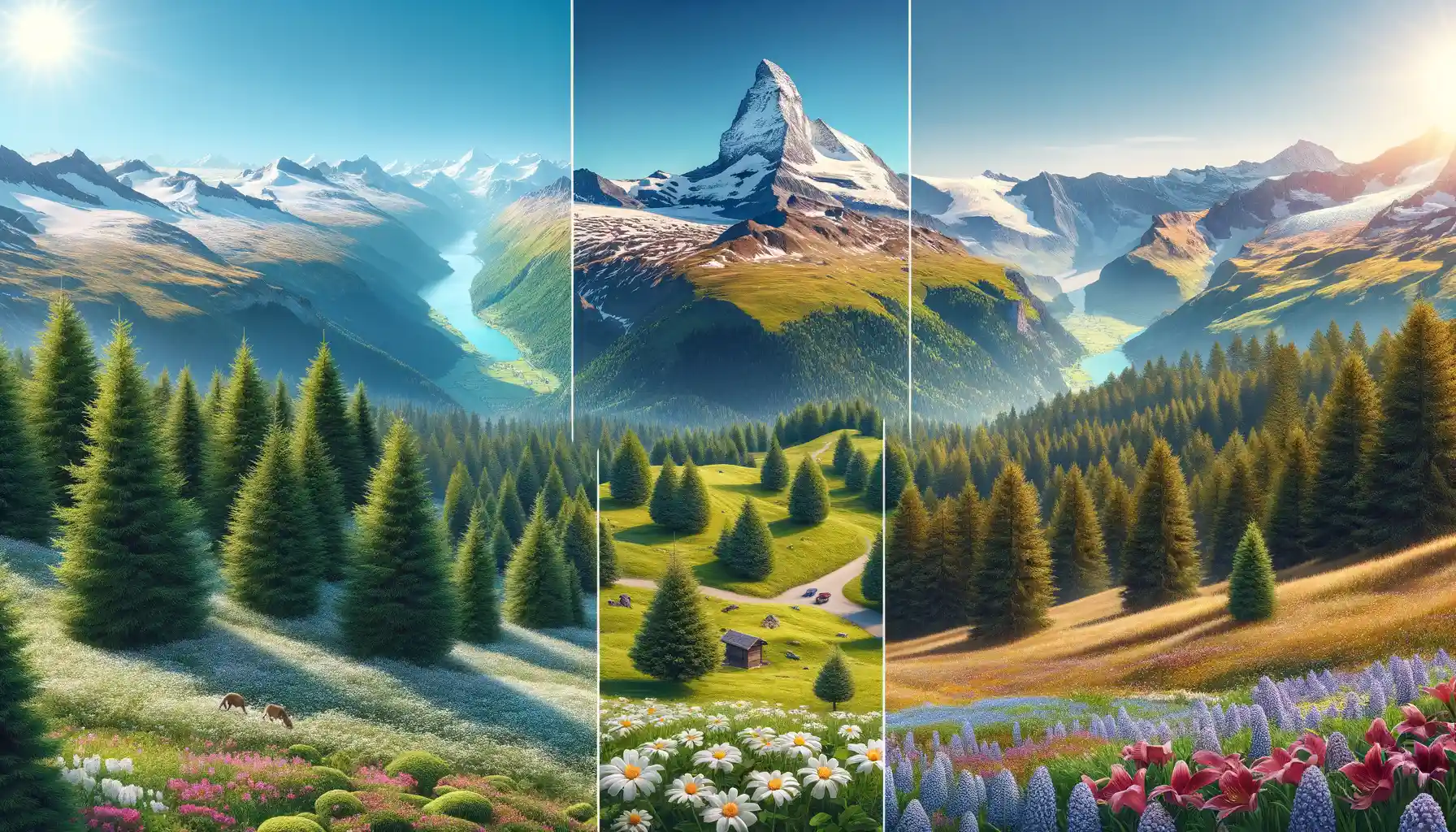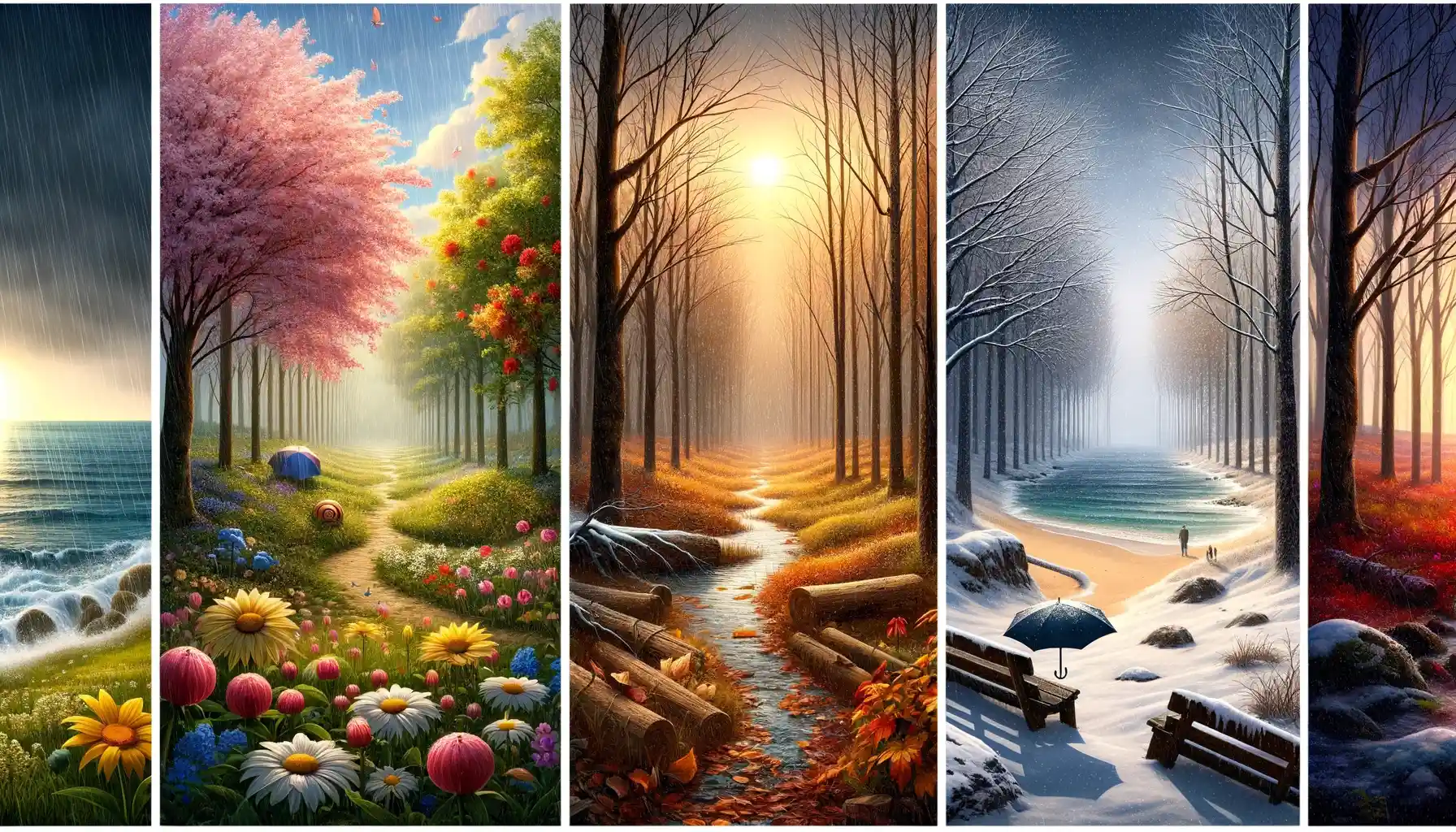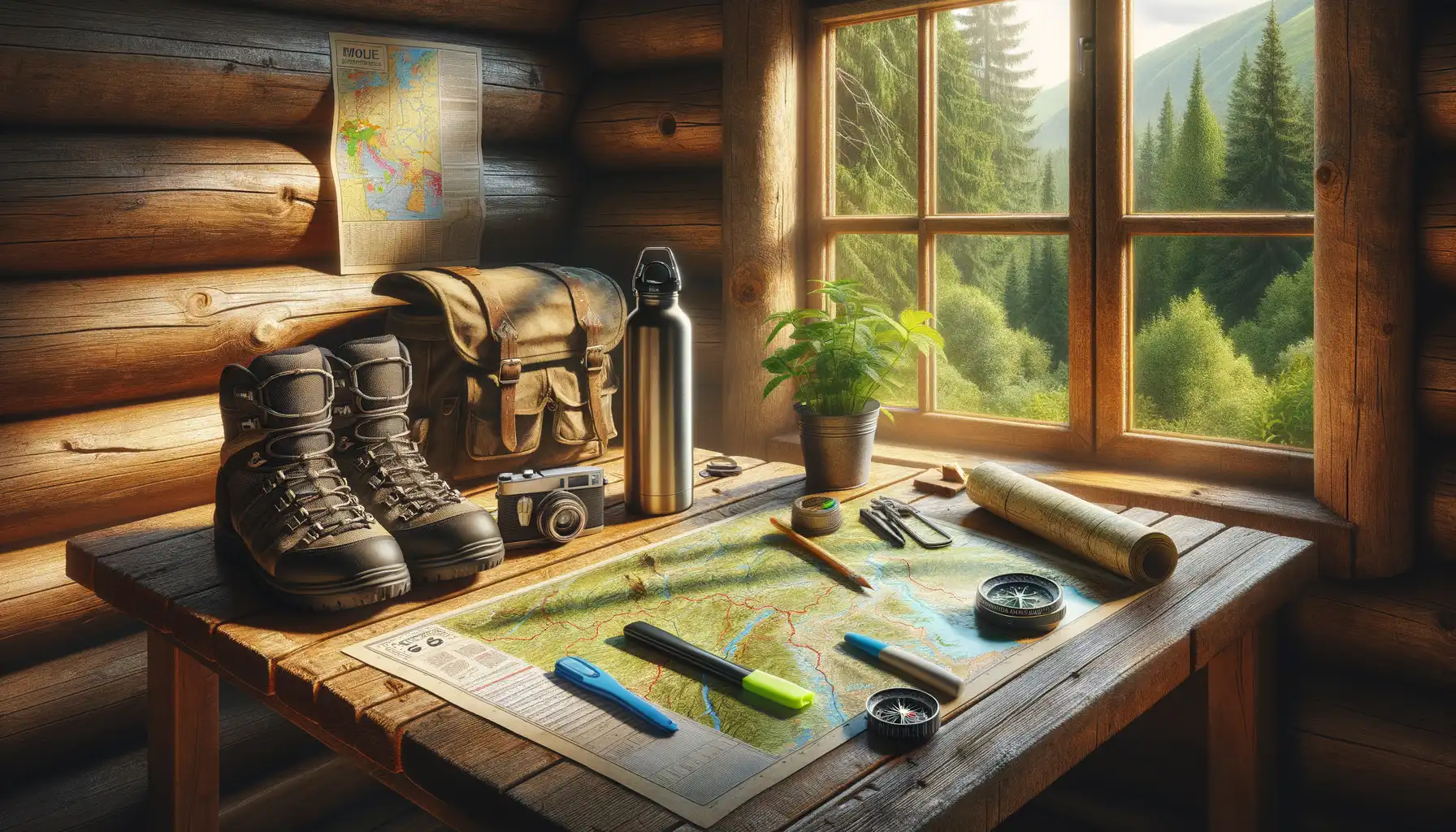Overview of Chamonix and Zermatt as Hiking Destinations
Chamonix: A Paradise Beneath Mont Blanc
Nestled in the heart of the French Alps, Chamonix is a hiker’s dreamscape. Picture this: jagged peaks piercing the clouds, wildflower meadows unfolding like nature’s own patchwork quilt, and trails that seem to whisper “adventure.” Whether you’re a seasoned trekker or just dipping your toes into hiking boots, Chamonix offers a dazzling variety of routes.
Feeling ambitious? The legendary Tour du Mont Blanc awaits, challenging you with views so breathtaking they’ll make your heart race as much as the climbs. Prefer something gentler? The hike to Lac Blanc delivers postcard-worthy panoramas without requiring mountaineering skills. And let’s not forget the delicious pit stops—think cozy mountain huts serving steaming bowls of cheese-laden fondue.
- Easy rambles along alpine streams? Check.
- Glacier views so vivid you want to frame them? Also check.
- A chance to sip wine under the shadow of Europe’s tallest peak? Double-check.
Zermatt: Where Trails Meet Timeless Charm
Now imagine Zermatt, Switzerland’s hiking haven where nature meets Swiss precision. Dominated by the iconic Matterhorn, this car-free village offers access to over 400 km of trails, each more mesmerizing than the last. Zermatt doesn’t just invite hikers; it rolls out a red carpet of pristine paths, from the leisurely Five Lakes Walk to the dramatic Hörnli Hut ascent, perfect for daring souls craving high-altitude thrills.
But it’s not all about rugged wilderness here. What makes Zermatt shine are its unique touches—the sound of cowbells echoing across emerald pastures, the scent of warm rösti wafting from hilltop chalets, or the sight of sparkling glaciers glinting in the sunlight. It’s like stepping into a postcard, but better.
When you lace up for Chamonix or Zermatt, you’re not just hiking—you’re embracing magic on every ridge and turn.
Optimal Seasons for Hiking in Chamonix and Zermatt

Spring’s Gentle Awakening and Autumn’s Fiery Beauty
If you’re after the perfect hiking moment in Chamonix and Zermatt, it’s not just about catching sunshine—it’s about embracing the soul of these mountains. Spring, from late May to early June, is when the alpine trails awaken in Chamonix. Imagine breathing in the crisp mountain air while being surrounded by budding wildflowers that seem to dance in the breeze. It’s peaceful, quiet—ideal for those who want to lose themselves in nature’s soft hum.
On the flip side, autumn (September to early October) in Zermatt is a painter’s dream. The trails meander through golden forests and beneath rust-colored peaks, as if the Alps themselves are wearing their cozy fall sweaters. You’ll marvel at the shimmering lakes reflecting hues of amber and scarlet—a visual feast that feels almost too perfect to be real.
Summer Bliss for Adventure Seekers
For long summer days packed with adventure, both destinations deliver. In Chamonix, July and August draw hikers craving dramatic vistas. Trails like the world-renowned Tour du Mont Blanc challenge and enchant in equal measure. Meanwhile, Zermatt—home to the iconic Matterhorn—offers pristine routes such as the Five Lakes Walk.
Why summer?
- Extended daylight lets you hike further and savor those post-adventure mountain picnics.
- Cable cars open, whisking you easily to higher-altitude trails beyond the tree line.
- High routes become snow-free, unveiling paths often closed in other seasons.
Weather Considerations and Seasonal Insights

Nature’s Mood Swings: Weather’s Role in Your Hiking Tale
Chamonix and Zermatt are like masterful artists, painting their landscapes with seasonal brushes—and trust me, the weather can either be your muse or your challenge. Picture this: in summer, wildflowers bloom in a neon celebration, and daylight hours stretch luxuriously. But don’t be fooled by the postcard perfection. Afternoon thunderstorms? They love to crash the party. Always pack a lightweight rain jacket—you’ll thank yourself when those grey clouds start rolling in.
By late September, autumn sweeps in with golden leaves and fewer crowds, but trails at higher altitudes may start whispering hints of frost. And oh, winter? Completely off-limits for hiking. Snowfall turns paths into icy labyrinths, best left to skiers and mountaineers.
- June to August: Blissful temps around 15-25°C, but keep an eye on sudden storm surges.
- September to early October: Cooler days around 10-20°C, perfect for quieter exploration.
Altitude Secrets You Don’t Want to Ignore
The higher you climb, the bigger the temperature drop. In places like the Matterhorn glacier paradise or Aiguille du Midi, it can feel like winter even in July. Layering is your best ally—because nobody enjoys feeling like an ice sculpture halfway up a trail! Keep hydrating too; the thinner air at altitude can catch even seasoned hikers off guard.
Tips for Planning Your Hiking Trip

Pack Smarter, Not Heavier
Picture this: you’re halfway up a breathtaking trail in Chamonix, the shimmering peak of Mont Blanc in view, but your backpack feels like a pile of bricks. Avoid this misadventure by packing with intent! The essentials? A sturdy pair of broken-in hiking boots (blisters are nobody’s friend), a lightweight windbreaker for sudden gusts, and, of course, layers—mountain weather is as moody as a French poet.
Don’t underestimate the power of compact items. Think energy-packed snacks (hello, trail mix and granola bars), a reusable water bottle with a filter, and a map (yes, even if you have GPS). Trust me, when tech fails, old-school navigation wins hearts—and trails.
- Sun protection: sunglasses, SPF that doesn’t smell like coconuts, and a cap or buff.
- Headlamp: Whether it’s an Alpine sunrise hike or you dawdle past dusk, this is a lifesaver.
Know Before You Go
Trail closure? Surprise thunderstorms? Don’t let your dream hike turn into a canceled Netflix show. Check official hiking routes and weather updates the night before. Apps like MeteoSwiss or Chamonix-Météo are worth their weight in gold. And don’t skip local advice—chatting with other hikers or friendly shopkeepers might land you secret trail tips not found on Google.
Local Attractions and Alternative Activities

Unmissable Gems Beyond the Trails
Whether you’re trekking through the alpine wonderlands of Chamonix or soaking in the dramatic landscapes of Zermatt, the magic doesn’t stop when you leave the trail. These towns are packed with charming surprises and heart-stealing activities, beckoning you to swap your hiking boots (temporarily!) for a slower-paced adventure.
In Chamonix, explore the spellbinding Aiguille du Midi. A cable car ride whisks you up to jaw-dropping panoramas of Mont Blanc that feel straight out of a dream. Prefer adrenaline? Try parapenting—imagine floating over glaciers like a bird! And when it’s time to refuel, make a beeline to a cozy mountain chalet for creamy raclette or a piping hot tartiflette.
Zermatt, on the other hand, is a treasure chest of alpine culture. Stroll through its car-free streets lined with wooden chalets or visit the Matterhorn Museum to unravel mountaineering tales from the past. Don’t miss a ride on the glacier-to-glacier Gornergrat Railway. The views? Pure postcard perfection.
- Shopping for artisanal cheese and chocolate, perfect edible souvenirs!
- Relaxing at a local spa – because those muscles deserve it after all the climbing.
Honestly, even a lazy day sipping coffee while gazing at the surrounding peaks can turn into an unforgettable memory.
